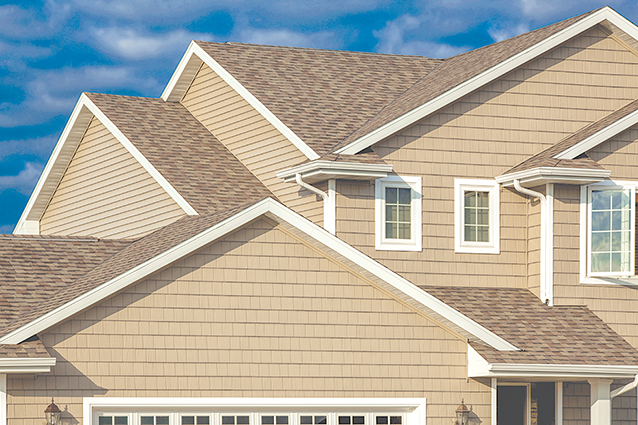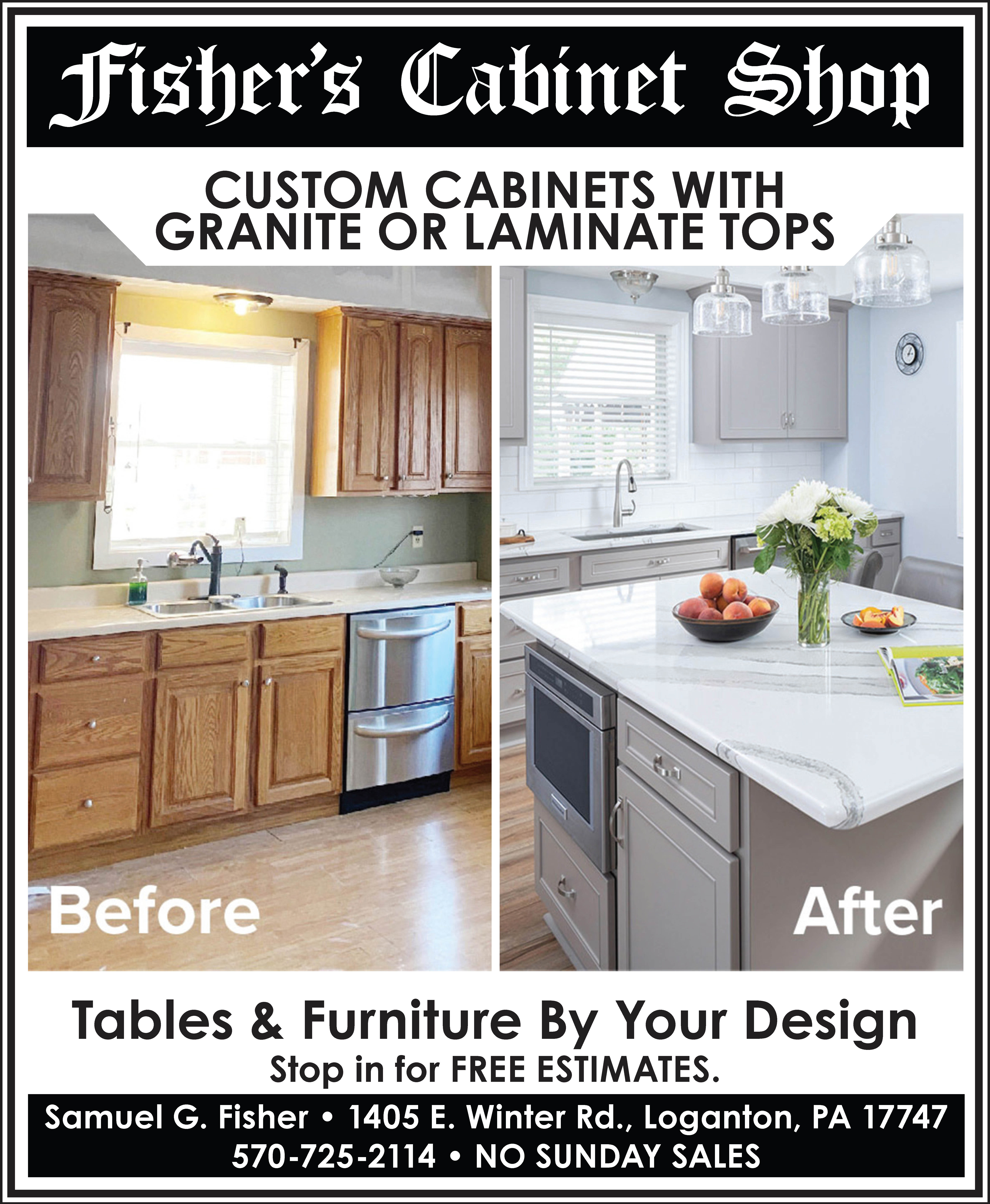Exterior renovations consistently top the list of projects that offer maximum return on investment, according to Remodeling magazine’s annual “Cost vs. Value Report.” Siding replacement is a popular exterior renovation and one that can completely transform the look of a home.
Siding comes in a variety of materials, and homeowners can explore the pros, cons and affordability of each to make the most informed decision when replacing their existing siding. Factors to consider apart from price include durability, maintenance and aesthetics.
Vinyl
Vinyl siding is one the most popular siding materials in North America. That popularity is perhaps due to the relatively low cost of vinyl siding replacement, which Forbes Home estimates is between $6,150 and $15,900 to install for a 2,000-square-foot home. A wide array of color options as well as weatherproof protection makes vinyl siding worthy of consideration.
PVC, which is what vinyl siding is comprised of, also is quite fire-resistant. Potential pitfalls of vinyl are that it can fade more quickly than other siding materials and is sensitive to excess UV exposure.
Engineered
Engineered materials cost more than vinyl but are considered very durable. They can be advantageous in damp climates or ones where insects are problematic. LP SmartSide™ is a type of engineered hardwood that is very durable, so much so that a 50-year warranty often is offered for the product, according to First American Roofing & Siding. This material can be painted if homeowners desire a change of color down the line. This siding costs around $2.50 to $4.50 per square foot for siding and all trim accessories with an additional installation cost of $5.50 to $12.00 per square foot. The product is made of wooden strands that have been coated with wax for moisture resistance. A special zinc-based solution is added to protect against rot and insect infestation.
A similar product, HardiePlank™, is engineered from a blend of cement, wood fibers, fine sand, and water. It is similar in price point to the SmartSide and offers resistance to rot and insects. HardiePlank also can be repainted.
Engineered products can be more expensive to install and generally are not DIY renovations, which may deter homeowners working on tight budgets.
Wood siding
Wood is one of the oldest siding materials. It can be stained or painted and comes in a variety of styles, from boards to shingles. It’s a popular choice in historical homes or ones with classic, architectural details.
It’s important to note that wood is a combustible material that can be susceptible to water and insect damage. It also needs to be maintained continuously to look its best. This makes wood siding a true commitment on the part of homeowners. The cost is midrange between vinyl and engineered sidings.
Metal
Those interested in one of the most energy efficient options in siding can look no further than metal siding. Metal isn’t just for roofing. According to Colonial Contracting, Inc., metal siding creates a uniquely modern appearance and comes in a variety of styles that complement homes.
Unlike fiber, wood or vinyl products, metal siding reflects the sun’s rays and keeps interior temperatures cooler in the summer, a boon in hot climates but maybe not the most insulating option for cold climates. One potential pitfall is the possibility of rust, which would make metal siding a less ideal choice for those who live near the ocean. The cost of metal siding is comparable to other siding products, at around $10 per square foot.
These are a few of the siding options homeowners can investigate if they’re revamping the exteriors of their homes.




